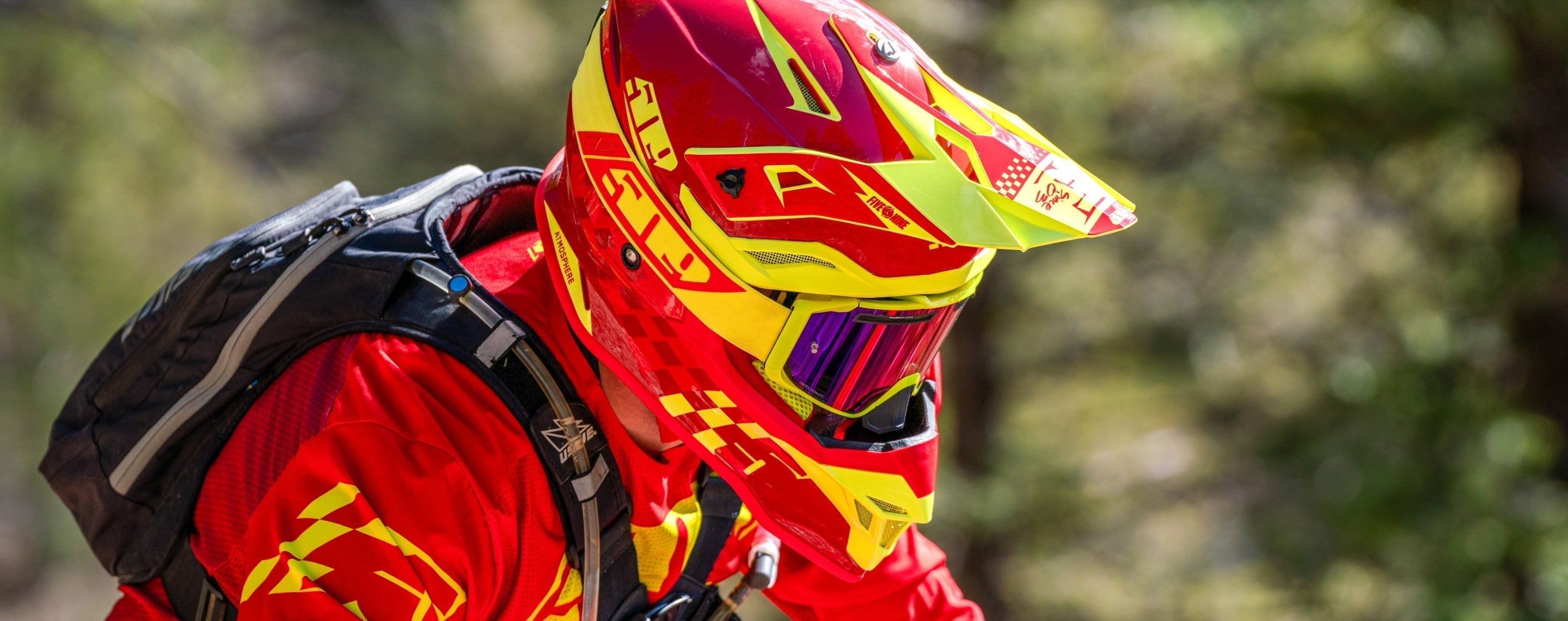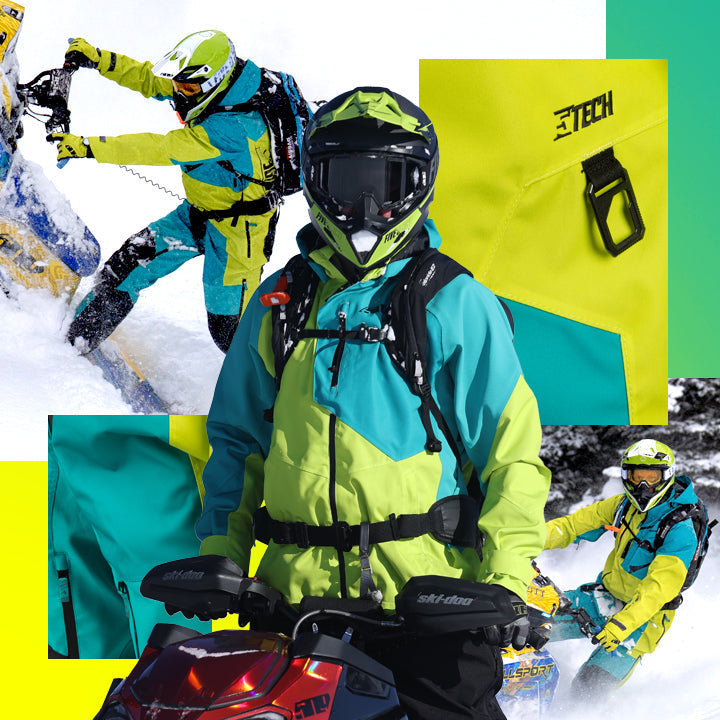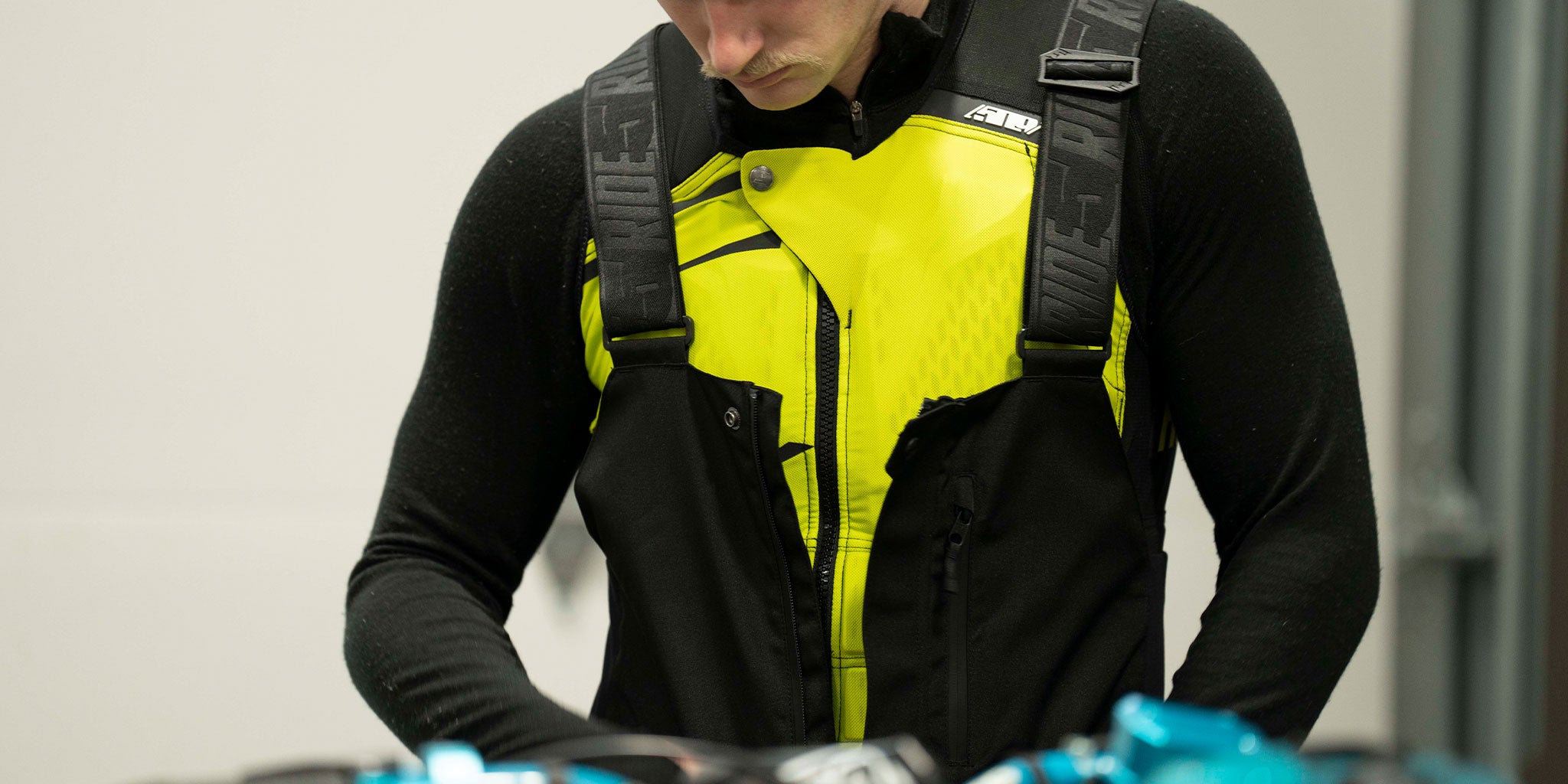
What base layers are right for me?
When it comes to snowmobiling, having the right base layers is essential for a comfortable and enjoyable riding experience. Layering is a key strategy to stay warm and dry in the snow, but what base layers are right for you? Let's explore the different options and factors to consider when selecting the perfect base layers for your snowmobiling adventures.
Base layers are the foundation of your snowmobiling outfit, and they play a critical role in keeping you warm and dry. These layers are designed to wick moisture away from your skin, ensuring that you stay dry even during intense rides or in wet weather conditions. Additionally, base layers help regulate your body temperature, keeping you comfortable in various weather conditions.
Key Layers for Snowmobiling

Base Layer: The base layer, also known as long underwear, is in direct contact with your skin. Its primary function is to keep your skin dry by wicking away sweat and moisture. For snowmobiling, choose base layers made of moisture-wicking materials like Merino wool or polyester.

Middle Layer: The middle layer provides insulation and helps retain body heat. Fleece or puffy jackets are excellent options for this layer as they trap warmth, keeping you cozy during cold rides.

Outer Layer: The outer layer, typically a shell or insulated outerwear, acts as a barrier against wind and snow. It protects you from the elements, keeping you dry and shielded from harsh weather conditions.
Merino Wool vs. Polyester vs. Cotton
When comparing base layer materials, Merino wool and polyester are superior choices compared to cotton.
Merino Wool: Renowned for its excellent insulation and moisture-wicking properties, Merino wool is a top-notch material for base layers. It provides warmth, breathability, and odor resistance, making it a fantastic choice for snowmobiling. For more information on Merino Wool visit the article: What are the benefits of Merino Wool?
Polyester: Polyester is a synthetic fabric that offers good moisture-wicking abilities. While not as warm as Merino wool, it is lightweight, quick-drying, and an affordable option.
Cotton: Cotton should be avoided as a base layer for snowmobiling. Unlike Merino wool and polyester, cotton absorbs and holds moisture, which can lead to discomfort and increased heat loss in freezing temperatures.
Recommended Base Layers for Mountain or Backcountry Snowmobile
Riding Mountain or backcountry snowmobile riding involves exploring rugged and remote terrains with varying weather conditions. For this type of riding, prioritize warmth and moisture management. Opt for Merino wool or high-quality polyester base layers for effective insulation and moisture-wicking properties. Layering is crucial for adapting to changing weather conditions in the backcountry. To ensure maximum warmth and moisture management during your mountain or backcountry snowmobile rides, we recommend prioritizing the use of Merino wool or high-quality polyester base layers. These materials provide effective insulation and moisture-wicking properties, keeping you comfortable in varying weather conditions.
Recommended Base Layers for Trail Snowmobile Riding
Trail snowmobile riding usually takes place on groomed and marked trails, which are more accessible and predictable than backcountry terrain. For trail riding, a good balance of warmth and breathability is essential. Choose midweight base layers made of Merino wool or polyester, as they provide adequate insulation and moisture management without adding bulk. To ensure a comfortable and enjoyable trail snowmobile riding experience, it is crucial to prioritize warmth and breathability. Opt for midweight base layers made of Merino wool or polyester as they are known to provide suitable insulation and moisture management without adding unnecessary bulk.
Personal Preference and Weather Conditions
Ultimately, the right base layers depend on your personal preferences and the weather conditions you'll encounter. If you tend to ride in extremely cold and wet environments, prioritize the warmth and moisture-wicking capabilities of your base layers. If you often ride in more moderate conditions, focus on finding a balance between warmth and breathability. Consider the temperature and climate of your usual riding environments when choosing the right base layers. If you frequently encounter extremely cold and wet conditions, prioritize base layers with excellent warmth and moisture-wicking capabilities.
Selecting the right base layers is crucial for a successful and enjoyable snowmobiling experience. Merino wool and polyester are excellent choices, offering superior moisture-wicking properties and insulation compared to cotton. For mountain or backcountry riding, prioritize warmth and layering options to adapt to changing weather conditions. For trail riding, opt for midweight base layers that offer a balance of warmth and breathability. In the end, understanding your preferences and the weather conditions you'll face will guide you in choosing the perfect base layers for your snowmobiling adventures.
For a range of high-quality base layers and snowmobiling gear, visit our Base Layer Collection. Experience the wonders of Merino wool and advanced polyester fabrics, and elevate your snowmobiling experiences to a new level of comfort and performance. Stay warm, dry, and ready to embrace the snow with confidence!



